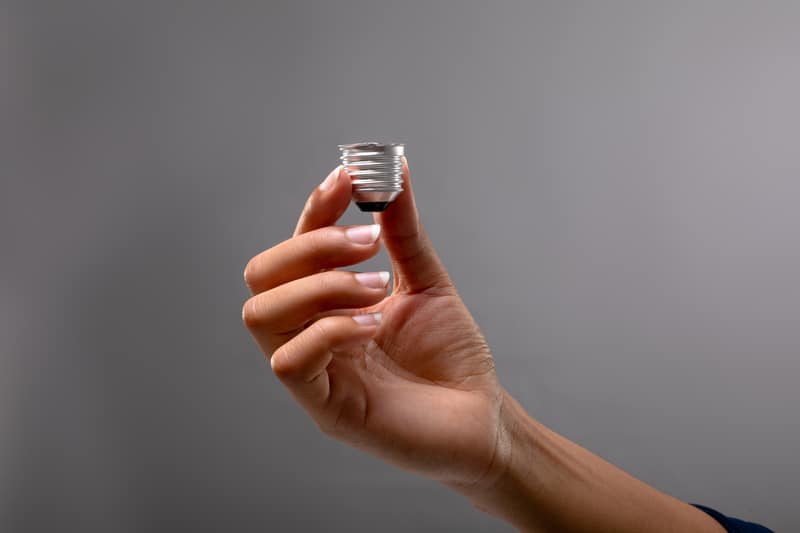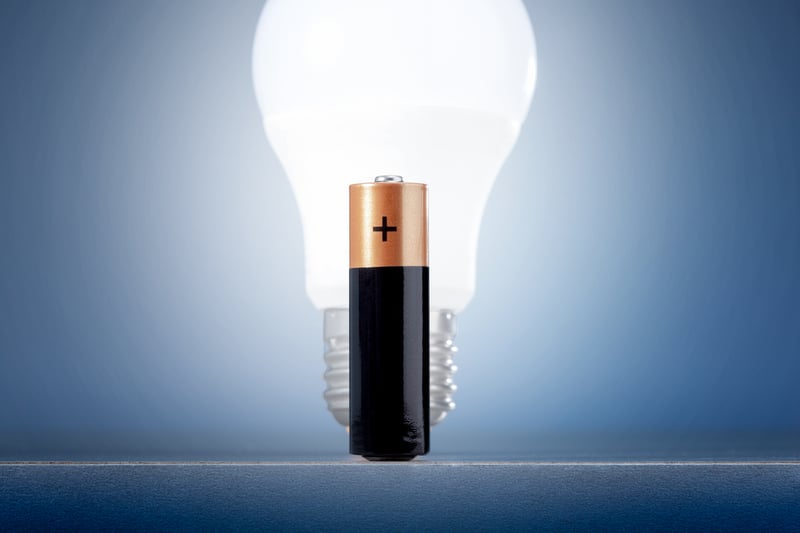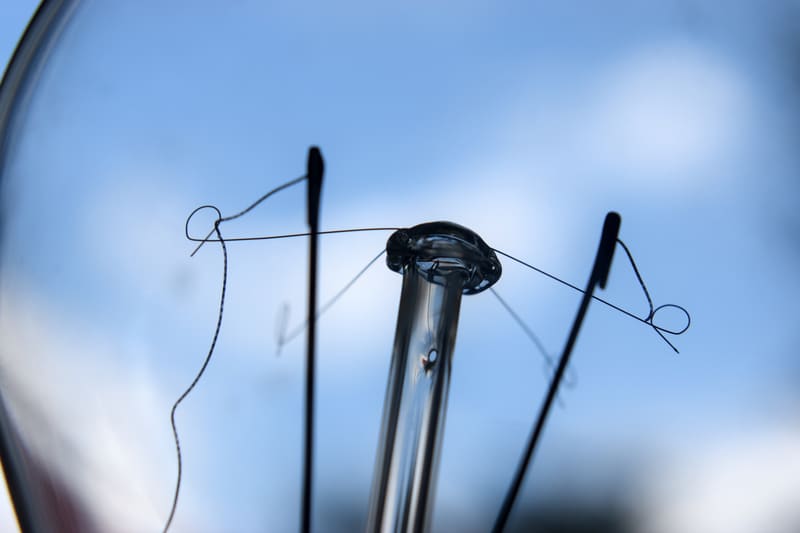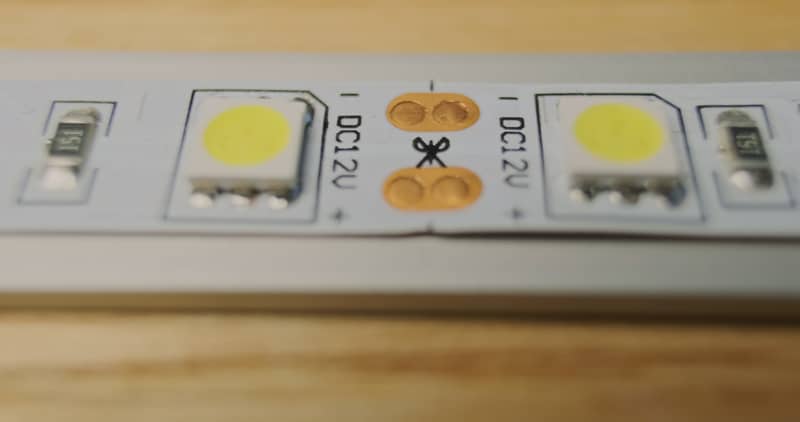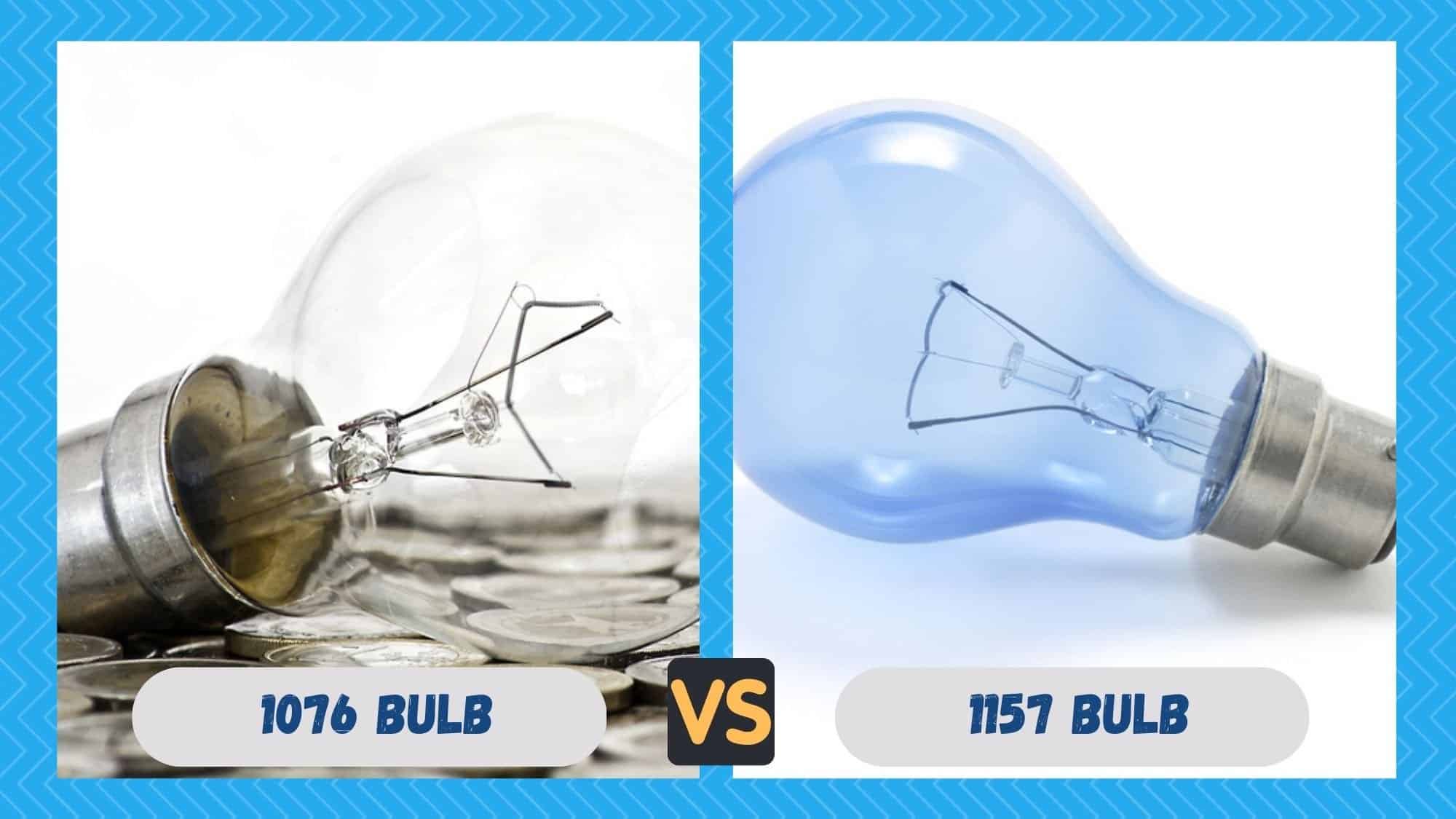
Understanding how to choose the most appropriate bulb for your application can be a daunting task. It may seem like a reasonably simple request. However, the volume of manufacturers and bulbs on the market is substantial.
When it comes to RV lighting, the 1076 and the 1157 are often compared as they have the same contacts, which can usually be used interchangeably. Therefore, it is significant to understand the critical difference between these two models. There is considerably more different than what first meets the eye.
Some reasonably complicated specifications must be understood to appreciate the technical differences between these incredibly similar bulbs. This article has been produced to illustrate the fundamental differences RV owners should be aware of before purchasing replacement bulbs for their beloved vehicles.
Comparison Table 1076 vs 1157 Bulb
To best illustrate the distinctions between the 1076 and 1157 automotive bulbs is a comparative evaluation of their composite features. Although they may appear similar at first glance, some key distinctions exist between each style.
| Feature | 1076 | 1157 |
| Base | Index Double Contact | Index Double Contact |
| Wattage Use | 21 | 27 |
| Temperature Regulated | No | Yes |
| Prongs/Filliments | 1 | 2 |
| Life Hours | 200 | 5000 |
| Lumens | 400 | Up to 3000 |
| Average Price | $2 | $5 |
1. Base
Firstly, it is significant to notice that both bulbs are similar in many features, including their base. They are both equipped with an index double contact base.
This base is a somewhat innovative design that is ideal for vehicles. Essentially the contact allows for a secure fastening which ensures continual and uninterrupted contact. Effectively it is designed to function optimally under difficult operational conditions.
In essence, they are both excellent for RV use. They will be able to withstand the vibrations, temperature changes, and potential contaminants that are renowned for compromising equipment in the RV industry.
2. Wattage
The operational wattage is a significant metric for measuring power requirements. The 1076 utilizes 21 watts during operation, which is impressively low. Of course, the build is designed to function in conjunction with a 12V battery system, which necessitates low-wattage appliances.
This compares to the 1157, which requires a slightly higher 27-watt power source for use. This a marginal 6-watt distinction is reasonably insignificant. The relative difference is insignificant, assuming the bulb is not required in an emergency situation.
For example, a 1000Wh battery could power the 1076 for around 47 hours compared to the 37 hours of the 1157. In simple terms, the difference is irrelevant.
3. Temperature Regulation
In terms of an additional component, there is no physical temperature regulator within with of the bulbs. However, as part of the design, the 1157 is superior at temperature suppression over time.
The 1157 utilizes a double filament construction which requires more energy to operate, hence the 6-watt difference in power requirement. However, this is manufactured with the purpose of bulb longevity and temperature control in mind.
Due to the construction, the 1157 is reported as being the safer option for long-term use. The 1076 is an older style of bulb which is renowned for overheating when it is operated for an extended period.
4. Life-Hours
A critical component of the comparison table and the key distinction between the two models is the operational hours. Under normal conditions, the 1076 can function for approximately 200 hours. Although the condition and frequency of use highly influence this figure, it is the estimated life expectancy noted by the manufacturer.
The shorter life span has been attributed to the overall design, which is considered outdated and lacks modern efficiency. Moreover, its capacity to generate heat when operated for an extended period has been a key factor in shortening its life span.
The components will expand and contract as temperatures fluctuate, which will inevitably wear them out prematurely. Innovative design has afforded the 1157 a more power-efficient setup over time.
It utilizes slightly more wattage during use but rewards a longer-lasting and heat-resistant orientation. It offers remarkable maximum life hours of 5000, which blow the 1076 out of the water. It can easily be understood to be the superior, innovative model which utilizes a negligible amount of power to outmatch its alternative vastly.
5. Prongs/Filament
The innovative component of the 1157 orientation is down to its double filament or prong system. Typical bulbs like the 1076 are comprised of a single element that produces light and heat when an electrical current is passed through it.
The design functionally mimics the originally mass-produced battery with only marginal component differences. The dated design is effective at producing light. However, it lacks modern refinement.
The 1157 is a different system. Its intelligent design utilizes a double-pronged internal filament that functions as two light sources from one bulb. These smaller parallel filaments require a smaller amount of power individually but together use around the average energy of a standard bulb.
The beauty of this system is first that there are few if any, significant negative implications of this bulb style. The 1157 allows for prolonged usage with consistent energy usage. The low-energy filament produces significantly less heat which increases exponentially with energy consumption.
6. Lumens
The measurement of brightness is assessed in lumens. This fairly straightforward assessment method illustrates a combination of square meters of ground cover and the brightness of light emitted on the coverage.
It is a reasonably complex procedure that ultimately gives us a means of understanding the brightness of bulbs. Reviewing the comparison table, it is clear that the 1157 vastly outshines the 1076.
However, it requires around an additional 50% watts. Although this is considerably more, the ratio is not reflected in the additional lumens. The 1157 has the capacity to shine 7.5X more brightly and over a larger area than the 1076, which is a remarkable degree of energy efficiency.
7. Price
The primary negative associated with the 1157 is that it is generally more costly than the 1076. Although, on average, they are priced within a few dollars of each other, the 1057 is generally more costly. However, the comparatively minimal price difference is vastly outweighed by its remarkable benefits.
Superior Bulb?
Comparable energy usage and reduced heat production make the 1157 a superior option compared to the outdated 1076. It can be argued that the 1157 is superior in essentially every way.
Other than price, the data indicates that the 1076 is a high-quality bulb. It simply lacks the technical superiority the modern alternative boasts. Therefore, it is recommended that the RV enthusiast purchase the 1157 when applicable to have a longer-lasting, brighter, and more energy-efficient light source in the future.

